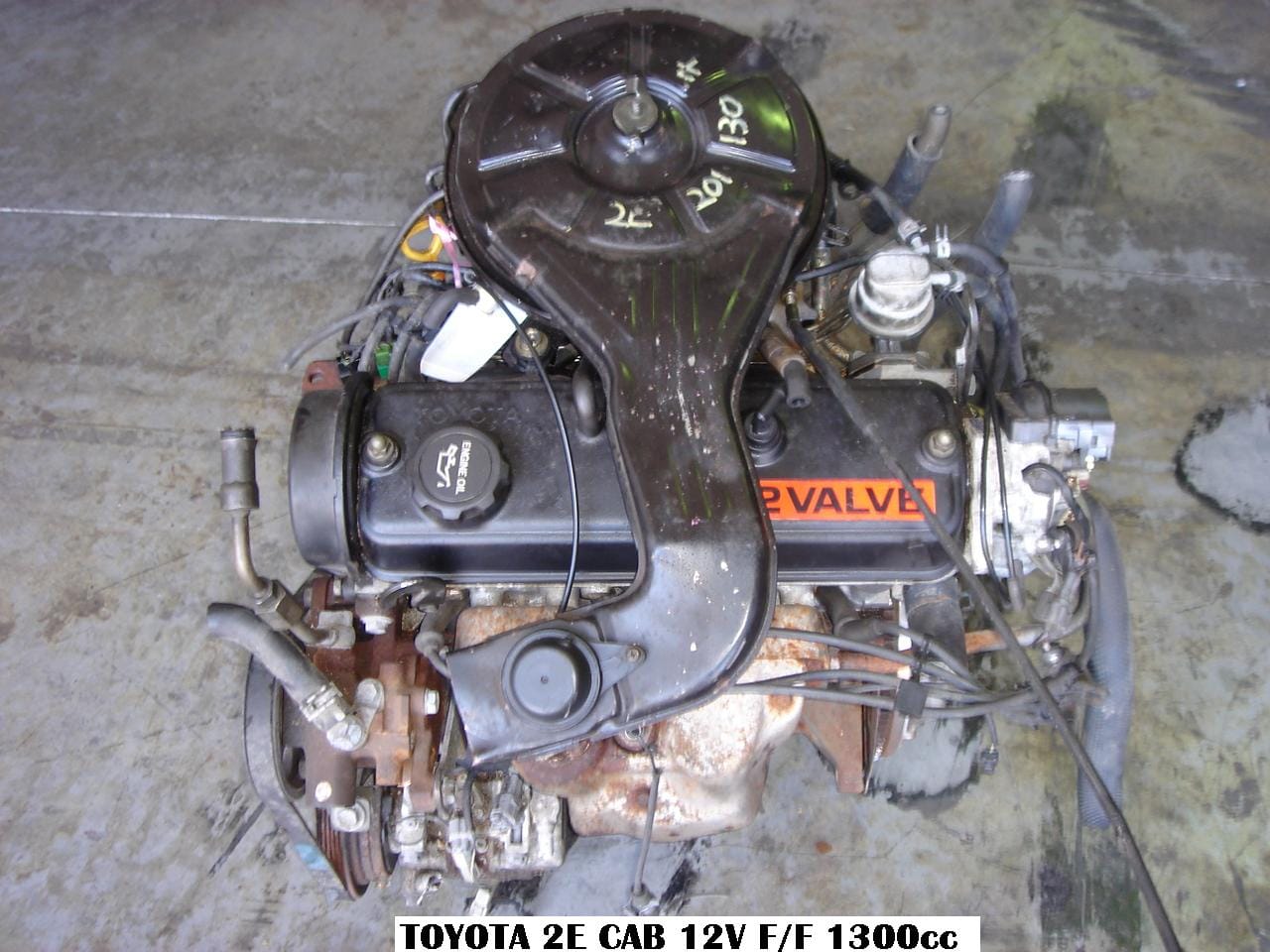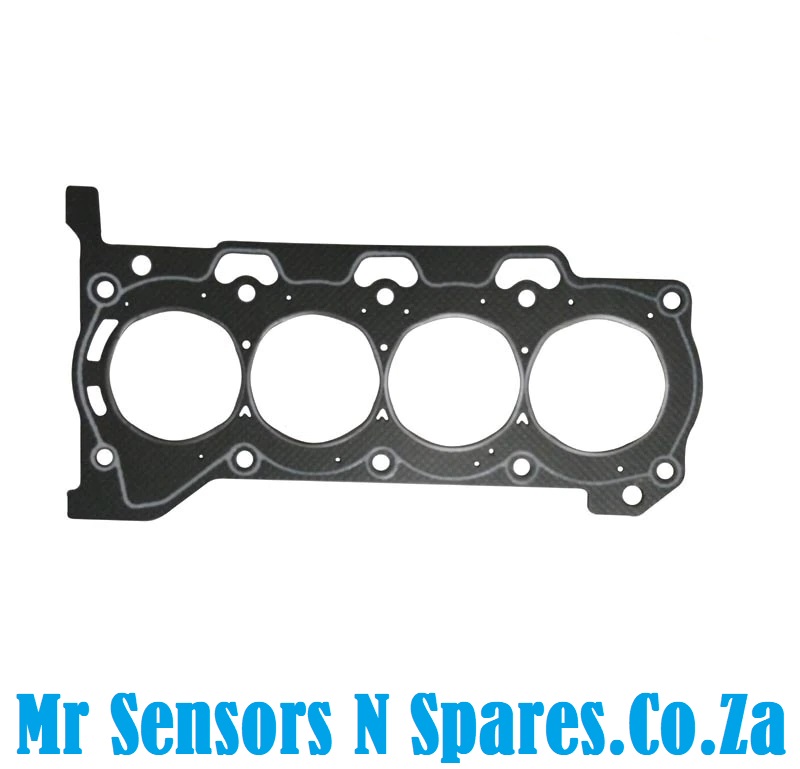Discover the most up to date Patterns in Engine Technology Through Tazz
In the rapidly progressing landscape of automotive technology, Tazz stands at the center, highlighting significant advancements in engine systems that prioritize both technology and sustainability. tazz. From crossbreed engines that enhance gas efficiency to the development of hydrogen fuel cells, the patterns forming modern powertrains are not just boosting efficiency yet likewise attending to crucial environmental difficulties. As the industry continues to push boundaries, it is necessary to consider how these growths will affect future transportation solutions and the broader ramifications for global energy consumption. What exists in advance in this critical makeover?
Crossbreed Engine Innovations
Crossbreed engine innovations represent a crucial change in automobile innovation, incorporating the advantages of internal combustion engines with electric propulsion systems. This assimilation not just improves fuel performance but also decreases emissions, meeting significantly stringent environmental regulations. By making use of both power resources, hybrid engines can enhance efficiency, providing power when required while preserving gas throughout much less demanding driving problems.
Recent innovations in hybrid technology include improvements in battery efficiency and regenerative braking systems. These technologies permit greater energy healing throughout slowdown, which can be redirected to aid in acceleration or power auxiliary systems. Producers are focusing on portable layouts and lightweight products to make the most of the effectiveness of crossbreed powertrains.
The growth of plug-in crossbreeds has also increased the marketplace, enabling vehicle drivers to charge their cars utilizing basic electric outlets. This attribute commonly permits significant all-electric range, additional decreasing reliance on traditional gas. tazz. As the automotive sector remains to evolve, hybrid engine modern technologies are expected to play a crucial duty in connecting the gap between traditional vehicles and totally electrical versions, giving a transitional solution that accommodates diverse customer demands and preferences
Advances in Electric Powertrains
The vehicle landscape is quickly advancing, with electric powertrains becoming a leading force in sustainable transport. Advances in electric vehicle (EV) modern technology are considerably improving individual, efficiency, and performance experience. Secret developments consist of renovations in battery chemistry, which have actually enhanced energy thickness, reduced billing times, and expanded total battery life.
Solid-state batteries, for example, guarantee to transform the market by giving better safety and effectiveness compared to typical lithium-ion cells. In addition, advancements in regenerative stopping systems are allowing automobiles to recuperate energy during slowdown, contributing to total performance.
In addition to battery innovation, electrical motor layouts are becoming a lot more advanced. Technologies such as incorporated motors and advanced thermal monitoring systems are helping to enhance power shipment and reduce weight, ultimately boosting automobile dynamics.

Collectively, these breakthroughs emphasize the dedication to transition in the direction of cleaner, more efficient transport remedies, placing electric powertrains at the center of auto advancement.
The Increase of Hydrogen Gas Cells
Progressively, hydrogen fuel cells are getting grip as a practical choice to traditional inner combustion engines and battery electric lorries. This innovation utilizes the chemical energy kept in hydrogen, transforming it into electrical energy through an electrochemical response with oxygen. The main byproduct of this process is water, making hydrogen fuel cells an eco friendly option with no exhausts at the tailpipe.

Automakers are progressively spending in hydrogen fuel cell technology, acknowledging its possibility for long-range applications and quick refueling capacities that measure up to conventional gas. In addition, sectors such as durable transportation and public transportation are particularly appropriate for hydrogen gas cells, where battery electric options might fail because of weight and range limitations.
As study and investment remain to increase, hydrogen fuel cells are poised to play a considerable function in the future landscape of tidy transport and energy remedies.
Enhancements in Internal Combustion Engines
Advancements in interior combustion engine (ICE) technology are changing typical automobiles to fulfill modern environmental standards and efficiency expectations. One of one of the most considerable improvements includes the assimilation of innovative gas injection systems. These systems optimize the air-fuel combination, enhancing combustion performance sites and leading to decreased discharges. Straight fuel shot, as an example, enables much better atomization of fuel, resulting in more total combustion and improved power result.
In addition, turbocharging has gotten prestige, enabling smaller engines to deliver higher efficiency without the weight of bigger engines - tazz. This modern technology not only boosts performance yet additionally adds to lower gas usage. Variable valve timing systems are also being improved, enabling engines to adapt to different driving problems for boosted torque and responsiveness
Moreover, making use of light-weight materials in engine building is becoming standard, more boosting gas effectiveness by minimizing total vehicle weight. Engine control systems (ECUs) are progressively sophisticated, making it possible for real-time modifications that optimize performance and exhausts.
These enhancements jointly signify a crucial change in ICE technology, lining up with global sustainability objectives while still offering the performance motorists expect from their lorries. As the industry develops, these renovations remain to shape the future of traditional vehicle design.
Future Patterns in Engine Efficiency
Significant innovations in engine performance are expected as suppliers concentrate on incorporating advanced modern technologies to meet rigid ecological guidelines and customer demands. The shift towards electrification, hybrid systems, and alternate fuels is reshaping the automobile landscape, driving developments that enhance fuel economic climate and reduce exhausts.
One of the key patterns is the implementation of innovative materials and making techniques. Lightweight composites and high-strength alloys add to lowered lorry weight, hence improving total performance. In addition, the adoption of turbocharging and variable valve timing modern technologies allows for boosted power output from smaller sized engines, even more enhancing fuel economic situation.

Final Thought
In final thought, the exploration of engine innovation exposes significant advancements that prioritize sustainability and effectiveness. Technologies in official source hybrid engine systems, electrical powertrains, and hydrogen gas cells show a commitment to decreasing exhausts while boosting performance. In addition, enhancements in inner burning engines and a concentrate on lightweight materials add to general engine efficiency. As the automotive market proceeds to evolve, these patterns will play an essential role in shaping a cleaner and even more sustainable future for transport.
From hybrid engines that maximize gas performance to the emergence of hydrogen gas cells, the patterns forming contemporary powertrains are not just improving performance but likewise addressing critical ecological obstacles.Crossbreed engine developments stand for a pivotal shift in vehicle modern technology, combining the advantages of internal combustion engines with electrical propulsion systems.Furthermore, turbocharging has actually gotten prestige, allowing smaller engines to provide higher efficiency without the weight of bigger engines. Additionally, the fostering of turbocharging and variable shutoff timing innovations permits for improved power outcome from smaller engines, additionally boosting gas view website economic situation.
Improvements in interior combustion engines and an emphasis on light-weight materials contribute to overall engine effectiveness.